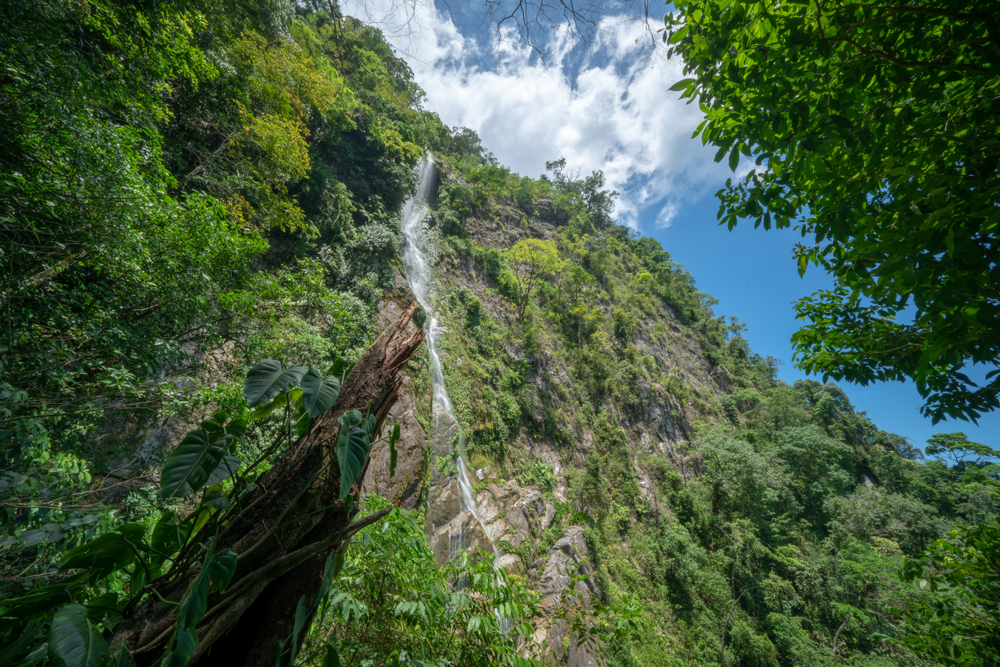Punta Izopa Overview
Punta Izopo National Park, known locally as Parque Nacional Punta Izopo, is a protected area located in the municipality of Tela, on the northern Caribbean coast of the Atlántida department in Honduras.
The park encompasses approximately 112 square kilometers (43 square miles) and was established in 1992. It is situated about 12 kilometers (7.5 miles) east of the town of Tela, at the eastern end of Tela Bay.
The park’s terrain is characterized by a combination of mangrove forests, marine estuaries, and the prominent Izopo Mountain, which rises to an altitude of 118 meters (387 feet). The area is irrigated by the Plátano and Hicaque Rivers, creating a network of canals within the mangrove forests. This unique ecosystem supports a rich diversity of flora, including various species of mangroves and tropical vegetation.
Wildlife enthusiasts visiting Punta Izopo can expect to encounter a variety of species. The park is home to tropical birds such as parrots and toucans, as well as monkeys, alligators, and turtles. The mangrove forests provide critical habitat for these species, making the park an important area for biodiversity conservation.
One of the most popular activities in Punta Izopo National Park is exploring the mangrove canals by sea kayak. This method of transportation allows visitors to navigate the waterways silently, minimizing disturbance to the wildlife and offering an intimate experience with the natural surroundings. Kayaking through the mangroves provides opportunities to observe birds and other wildlife up close.
Visiting the Garífuna community of Triunfo de la Cruz is another highlight of a trip to Punta Izopo. This cultural experience offers insights into the unique heritage of the Garífuna people, who have been recognized by UNESCO for their intangible cultural heritage. Visitors can enjoy traditional Garífuna cuisine and learn about their history and traditions.
Conservation challenges for Punta Izopo National Park include managing human activities to ensure the protection of its ecosystems. The park’s management has focused on promoting sustainable tourism practices, such as guided kayak tours, to minimize environmental impact while providing economic benefits to local communities. These efforts have contributed to the preservation of the park’s natural resources and the well-being of its wildlife.












































































